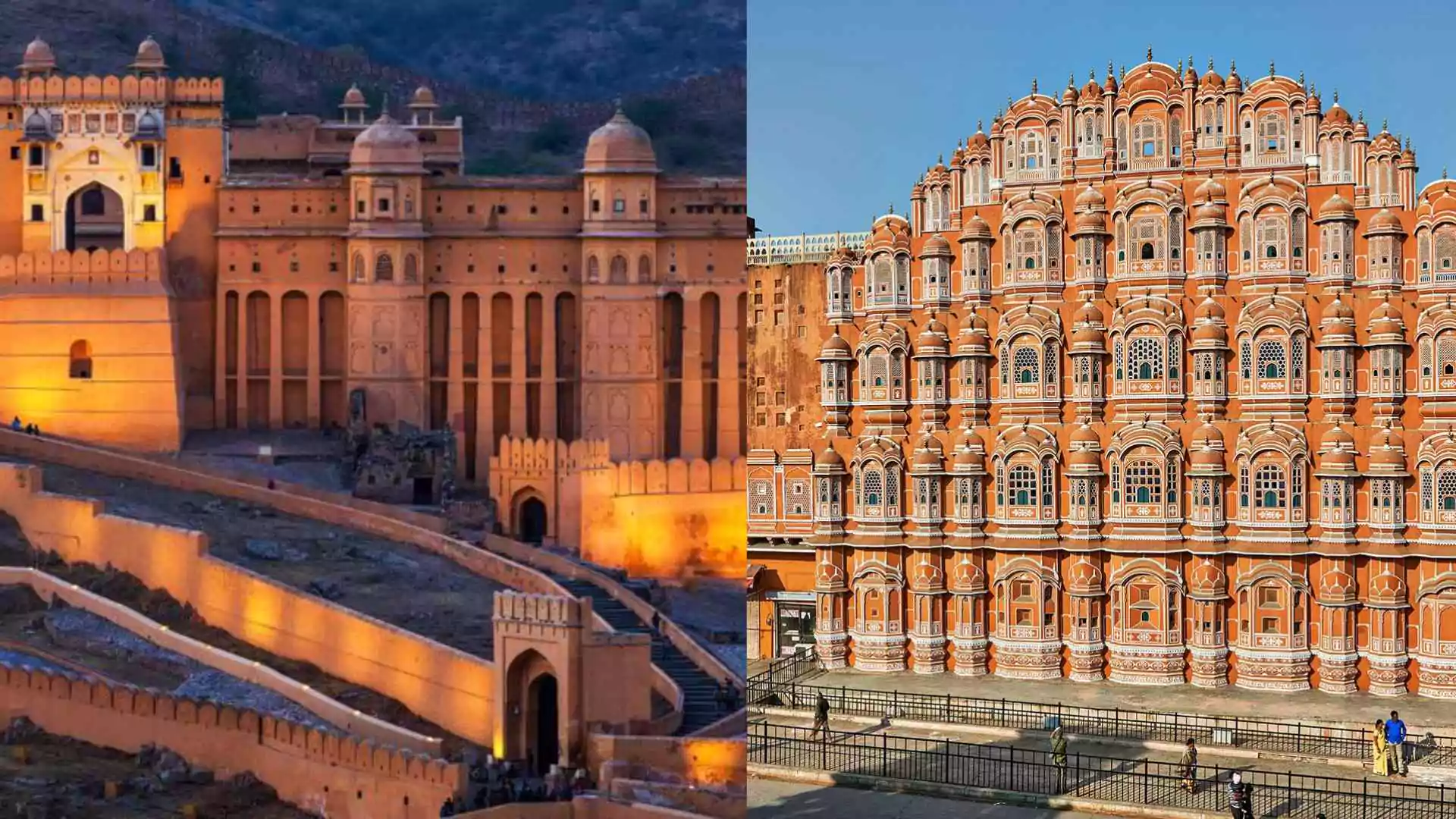In 2016, after the deadly terror attack in Uri that killed 18 Indian soldiers, Prime Minister Narendra Modi made a statement that still echoes strongly: “Blood and water can’t flow together at the same time.” He was referring to the Indus Waters Treaty (IWT), a decades-old water-sharing agreement between India and Pakistan.
Fast forward to April 2025, that frustration has finally turned into action. Following the brutal killing of 26 people in Pahalgam, Jammu and Kashmir, by terrorists believed to be backed by Pakistan, India has decided to suspend the Indus Waters Treaty for the first time in history.
India has placed the agreement in “abeyance” and declared it will remain that way until Pakistan stops supporting cross-border terrorism.
What Does This Suspension Mean?
This move is being seen as a turning point in India-Pakistan relations. For years, India stuck to the treaty, even during wars and terror attacks, but this time, the decision marks a significant policy shift.
The Indus Waters Treaty gave Pakistan rights over the western rivers — Indus, Chenab, and Jhelum — which together make up nearly 80% of the entire Indus River System. Under the 1960 agreement, India was only allowed limited use of these rivers, mostly for non-consumptive purposes like hydropower generation, and wasn’t allowed to significantly alter their flow.
With the suspension, India is no longer bound to notify Pakistan about water-related projects on these rivers. There will be no sharing of data or visits from Pakistani officials for inspections — effectively freezing all cooperation under the treaty.
Can India Now Control the Water Flow?
In theory, yes. In practice, it’s complicated.
Experts say that while India now has the legal freedom to build more dams and storage projects on the western rivers, it doesn’t yet have the physical infrastructure to drastically change the water flow to Pakistan anytime soon.
Nearly 93% of Pakistan’s use of the Indus River System is for irrigation and hydropower. In fact, around 80% of its irrigated land depends on these waters. The country’s economy is deeply rooted in agriculture, making the river system vital to its survival.
Pakistan Peoples Party leader Bilawal Bhutto once starkly said, “Either our water will flow through it, or their blood will,” showing just how critical the river is for Pakistan.
A Treaty That Always Favored Pakistan?
The Indus Waters Treaty, signed in Karachi in 1960 with the World Bank as a broker, has long been called “generous” by many Indian experts. Under it, India was given full control of the eastern rivers — Ravi, Beas, and Sutlej — with an annual flow of around 33 million acre-feet (MAF), or about 41 billion cubic meters.
Pakistan, on the other hand, got rights to about 135 MAF (99 bcm) from the western rivers, nearly 80% of the Indus system’s water.
India was allowed limited non-consumptive use of the western rivers — for navigation, fish culture, and hydropower — but was not permitted to store or divert the water in a major way.
Why India’s Usage on Western Rivers Was Minimal
Though the western rivers flow through the Indian territory of Jammu and Kashmir, India has used only a fraction of its rights. The projects it did build, like the 330 MW Kishanganga and the ongoing 850 MW Ratle project, are “run-of-the-river,” meaning they don’t store significant water or alter river flows into Pakistan.
Even though these rivers pass through steep mountainous terrain — ideal for building dams — India hasn’t been able to fully harness their potential due to treaty restrictions and infrastructural limitations.
Strategic expert Brahma Chellaney said on X, “India has been bearing the burdens of the Indus Waters Treaty for 65 years without any benefits accruing to it from what remains the world’s most generous water-sharing pact…”
A Pause That Opens New Avenues
Now, with the treaty suspended, India can move forward with plans to store and possibly divert water from the western rivers.
Former Indian Commissioner for Indus Waters, P.K. Saxena, told The Indian Express that India could now carry out activities like reservoir flushing at projects such as Kishanganga, which helps remove sediment buildup and extends the dam’s life.
He added that since India no longer has to inform Pakistan about water flows, Islamabad may no longer receive timely warnings about potential droughts or floods.
However, India’s current infrastructure only allows it to store less than 1 MAF of water from the western rivers — far too little to make a major difference in the short term.
Planned and Ongoing Projects in the West
Even before this latest development, India had already begun working on projects to make better use of the western rivers. While these are mostly hydropower-focused and don’t store much water, they mark a shift in approach.
Major upcoming or ongoing projects include:
-
Pakal Dul (1,000 MW) on the Marusudar (Chenab tributary)
-
Ratle (850 MW) on the Chenab
-
Kiru (624 MW) on the Chenab
-
Sawalkot (1,856 MW) on the Chenab
The Kishanganga Project on the Jhelum’s tributary stores about 18.35 million cubic meters (MCM) of water. The Shahpurkandi Dam on the Ravi river, which is now complete, diverts around 1,150 cusecs of water for irrigation — water that used to flow into Pakistan.
The Ujh Multipurpose Project, also on a Ravi tributary, will store 925 MCM once completed, serving both irrigation and power needs.
Can India Build Bigger Dams Now?
That’s the plan — but it won’t happen overnight.
Strategic affairs expert Sushant Sareen said that while India now has a legal path forward, realistically it will take years to build enough infrastructure to meaningfully affect water flow into Pakistan.
“Not immediately. But we can build our dams currently under construction without Pakistani obstruction and ensure we can impound waters when they are most needed by Pakistan,” Sareen wrote on X. “Plus we can start building more reservoirs and other structures to impound/divert water, though that will only be possible in a few years.”
Projects like Kishanganga and Pakal Dul took between 5 to 11 years to complete due to difficult terrain, funding hurdles, and environmental clearances.
India’s Three-Phase Plan Going Forward
According to reports, the Indian government has now prepared a three-phase strategy — short, mid, and long-term — to strengthen its hold over Indus water resources.
The first step involves completing under-construction dams. The mid-term plan focuses on enhancing existing capacity, while the long-term goal is to build new storage and diversion systems across the Indus basin rivers.
This push also follows a letter from Debashree Mukherjee, Secretary of the Ministry of Jal Shakti, to her Pakistani counterpart. In it, she highlighted India’s past efforts to amend the treaty to match modern energy demands and population growth — requests that Pakistan has repeatedly rejected.
Could India Exit the Treaty Completely?
Possibly. Brahma Chellaney noted that under international law, India does have the right to legally withdraw from the treaty.
“India has the option to make a legal exit from the Indus Waters Treaty (IWT). Article 60 of the VCLT [Vienna Convention on the Law of Treaties, 1969] permits a state to suspend or withdraw from a treaty in the event of a material breach by the other party,” Chellaney wrote.
For now, India has chosen suspension and potential renegotiation. But a full withdrawal could be on the table if tensions escalate further.























